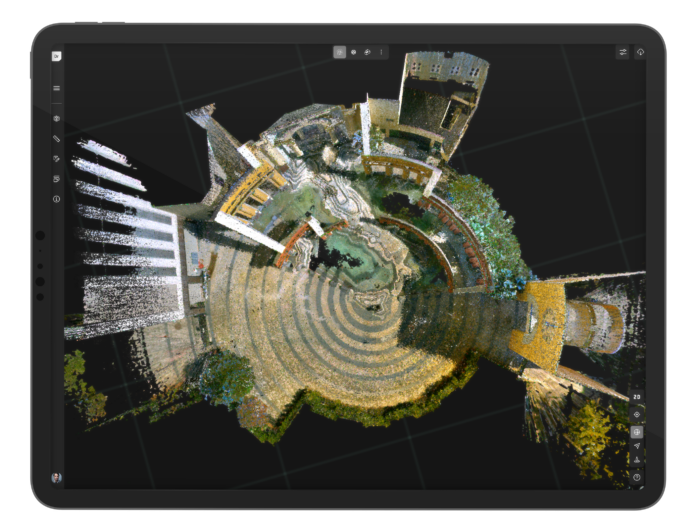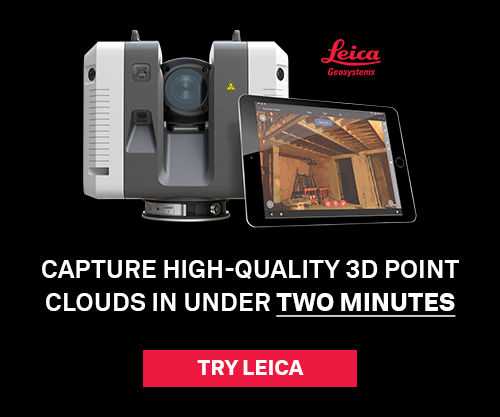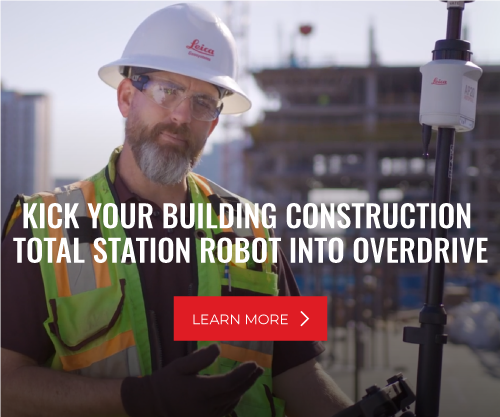To better understand the trendline for laser scanning, it’s useful to know Michael Harvey. Few in the business are more qualified or better positioned to understand where this transformative technology is headed across a variety of industries.
“I did land surveying in the Boston area for 11 years after getting my civil engineering degree. The company I worked for in 2001 purchased a Cyrax from Cyra Technologies, credited as the world’s first ‘portable’ laser scanner,” Harvey remembers.
That was then, this is now. Today Harvey is the reality capture senior product manager for Leica Geosystems. His role puts him at the center of the rapidly evolving technology, working closely with U.S.-based customers and the firm’s research and development center in Heerbrugg, Switzerland. “Think of me as the link between the customer and the development team,” Harvey explains of his pivotal role.
What are the latest trends in laser scanning? Where is the technology headed? What innovations can you expect in the coming years? Harvey shares his insider perspective.
Expanding Construction Applications
Most construction pros associate laser scanning with documenting as-built conditions on commercial projects with exacting certitude and speed. But that’s just the beginning as industry professionals identify new ways to use insights gained from point cloud data to improve safety standards and practices, lift productivity across the trades and fashion even more cohesive, coordinated project teams. All are reliant on a common, indisputable laser-generated data set – a single source of the truth.
Near-Term Trends: Hardware
Harvey has witnessed scanning technology dramatically evolve from those early Cyrax days. Today, for example, tripod-mounted laser scanners are significantly smaller and faster and capture scans with high-resolution imagery at the touch of a button. The industry also has access to a new generation of sensor mobility, including UAVs, autonomous vehicles and handhelds.
The mobility breakout points to a larger transformation, Harvey says.
“Instead of just being a piece of hardware, reality capture is becoming a process,” he observes.
The most successful applications involve a blend of fit-for-purpose sensors, high-performance software and an understanding of the desired outcomes.

“No one scanning sensor is expected to do everything today. Today we have a far larger scanning toolbox to work with. Professionals have the freedom to tailor the right sensor to the task,” he says.
Near-Term Trends: Software
It’s easy to fixate on sensor advances, such as next-gen mobility. But laser scanning software is “where the magic happens,” Harvey points out.
“Reality capture software today is in transition due to AI,” he reveals. “The race is on to better process massive data sets, moving the heavy lifting from the office to field devices like tablets and even smartphones. The truth is, point cloud data sets are comparatively small compared to the high-fidelity imagery sensors now also collect. Today AI can help create deliverables using this mass data.”
The days of shuttling memory cards from field to office are also over. The cloud now rules. Harvey cites Reality Cloud Studio, powered by HxDR, as exhibit A of the future. “Reality Cloud Studio is on a very aggressive development curve. It already does some very amazing things in terms of visualizations, collaboration, and automatic registration and meshing, and it’s only getting better,” he says.
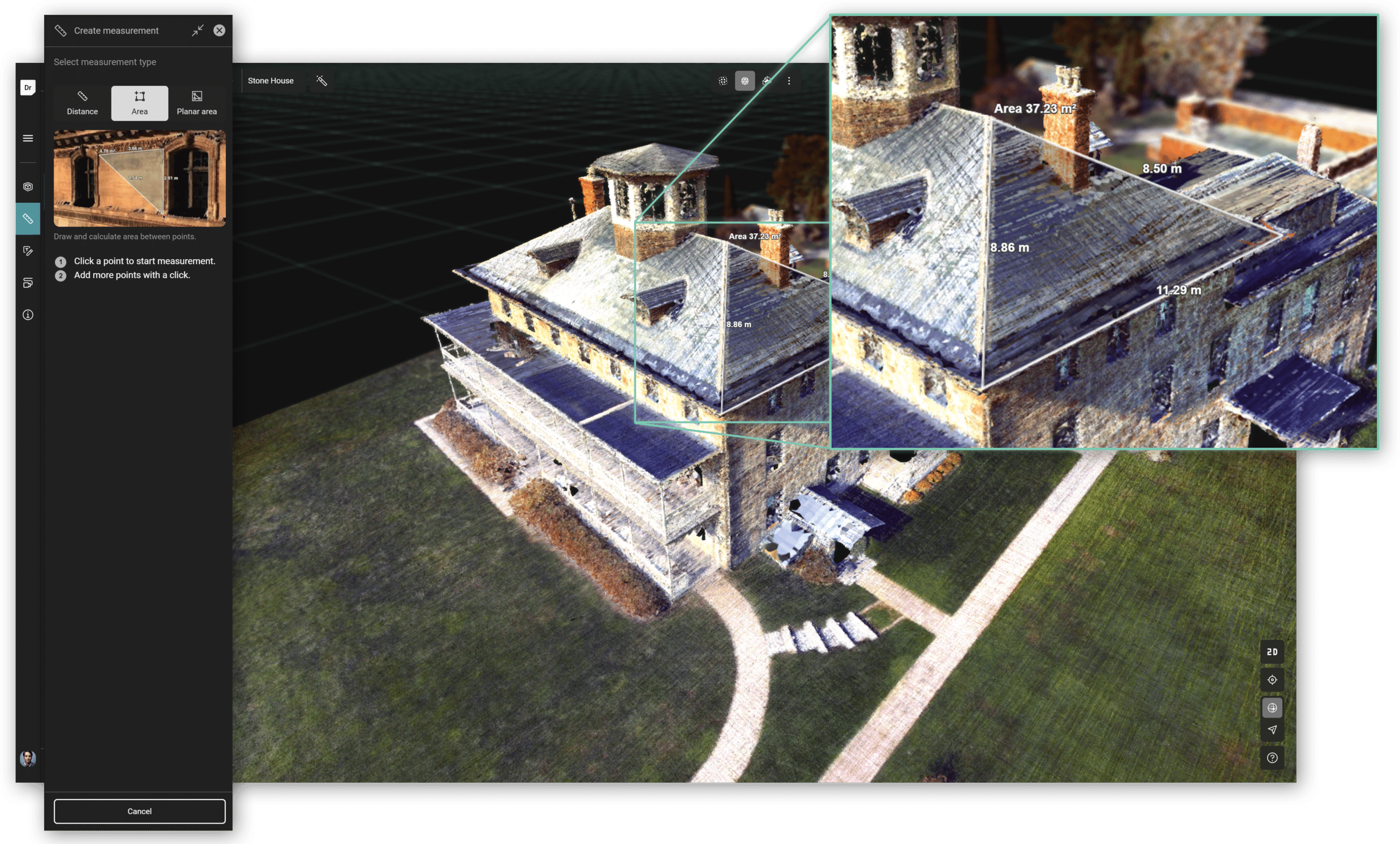
Longer-Term Trends
You might sum up the path ahead in one word: simplicity. “Ease of use is the thing,” Harvey says. “To make true automation happen, we’re working hard to do a lot of very difficult activities in the background, so it’s invisible to users.”
The Leica BLK360 imaging laser scanner is a prime example. “It has a single button on it. That’s it,” he says. “The BLK360 is about as easy to use as it gets. The days of going through 10 or 15 steps is now boiled down to one or two. It’s not quite fully automatic. But we’re getting close.”
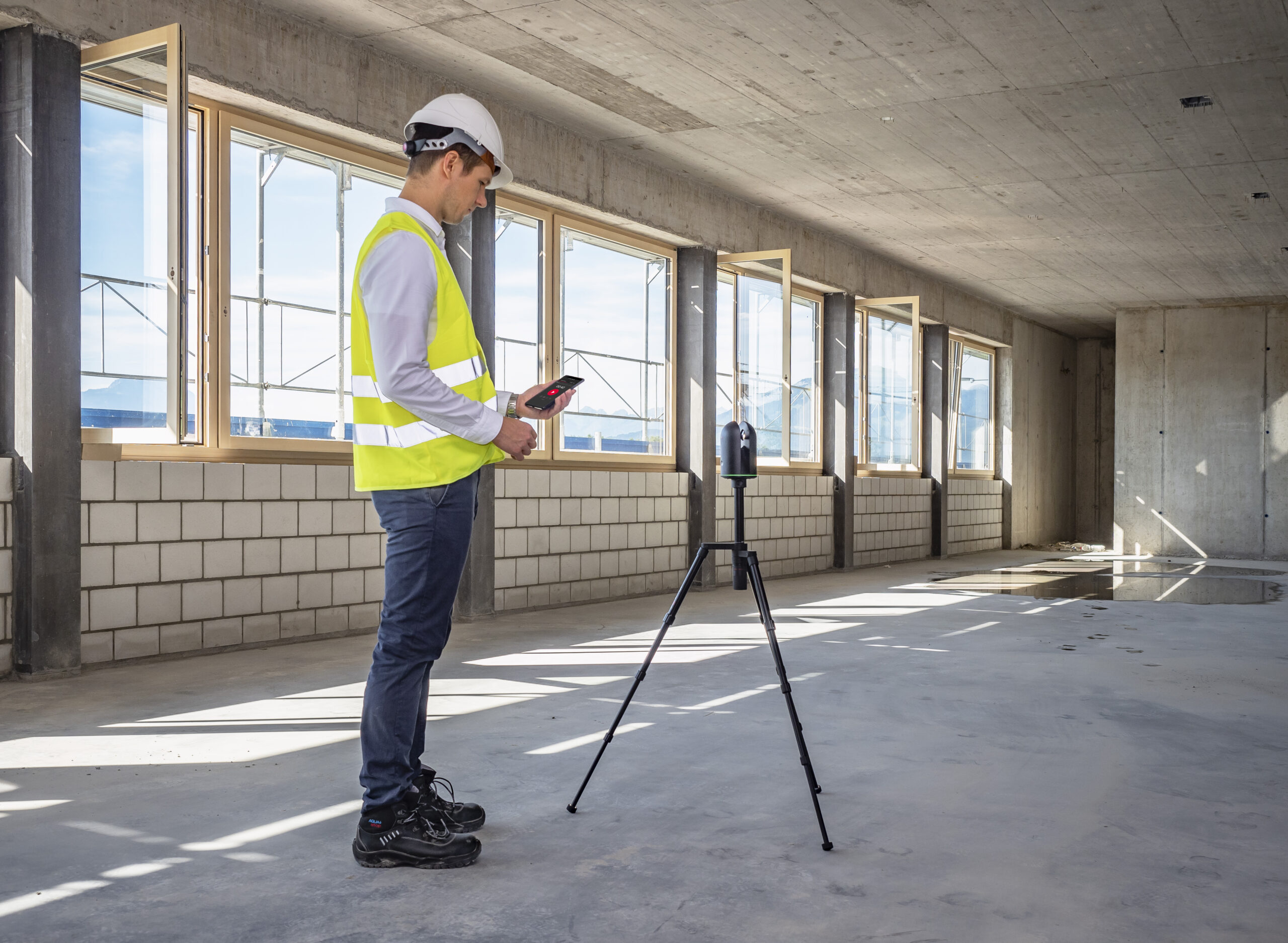
What to Ask
In a time of rapid innovation and many choices, it’s fair to wonder, ‘What’s the best scanning solution for me?’ Harvey says answering that starts by defining the problem you need to solve. “Our team, for example, operates on a consultative basis. We dig deep to understand your business and suggest the best solution from a wide range of options.”
Scanning's Secret Superpower
Harvey likes to illustrate the secret superpower of laser scanning with a story about Legos. Do you remember how Lego kits were designed to build a certain object, like a car, building or famous landmark? “My mom never understood why I would ditch the instructions and build my own thing,” he says. “I loved that as a kid…to build something completely different.
“Laser scanning is sort of like that. Once you have a system in your hands, you see a world of reality capture possibilities before you. You’re only limited by your imagination.”



